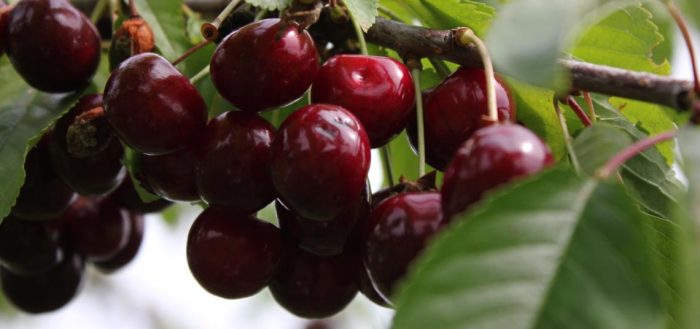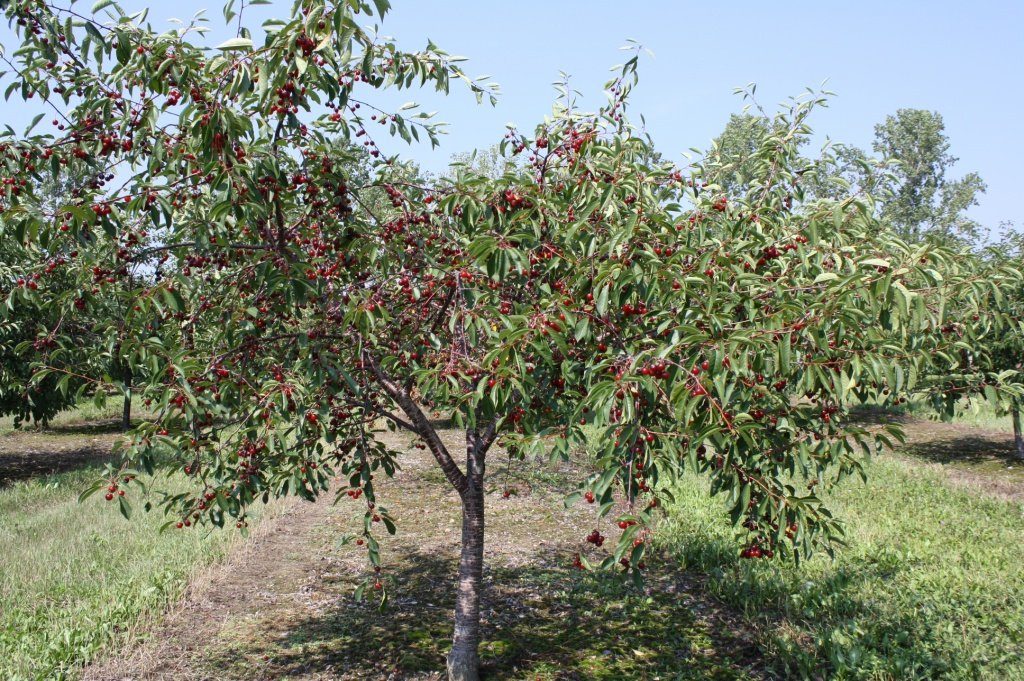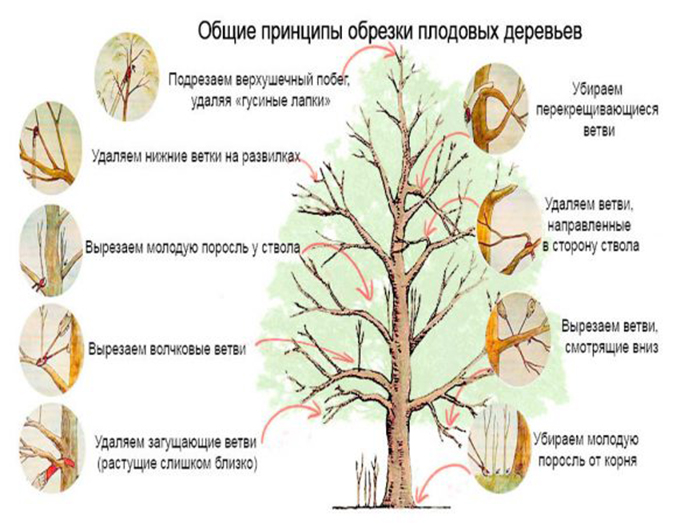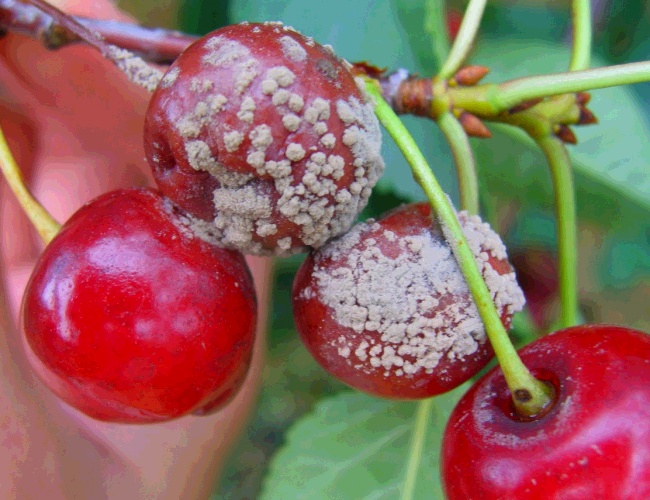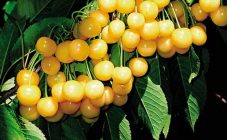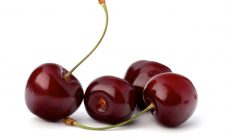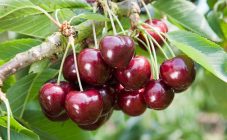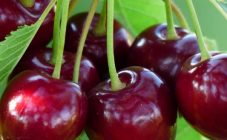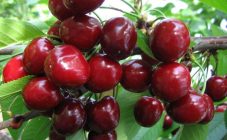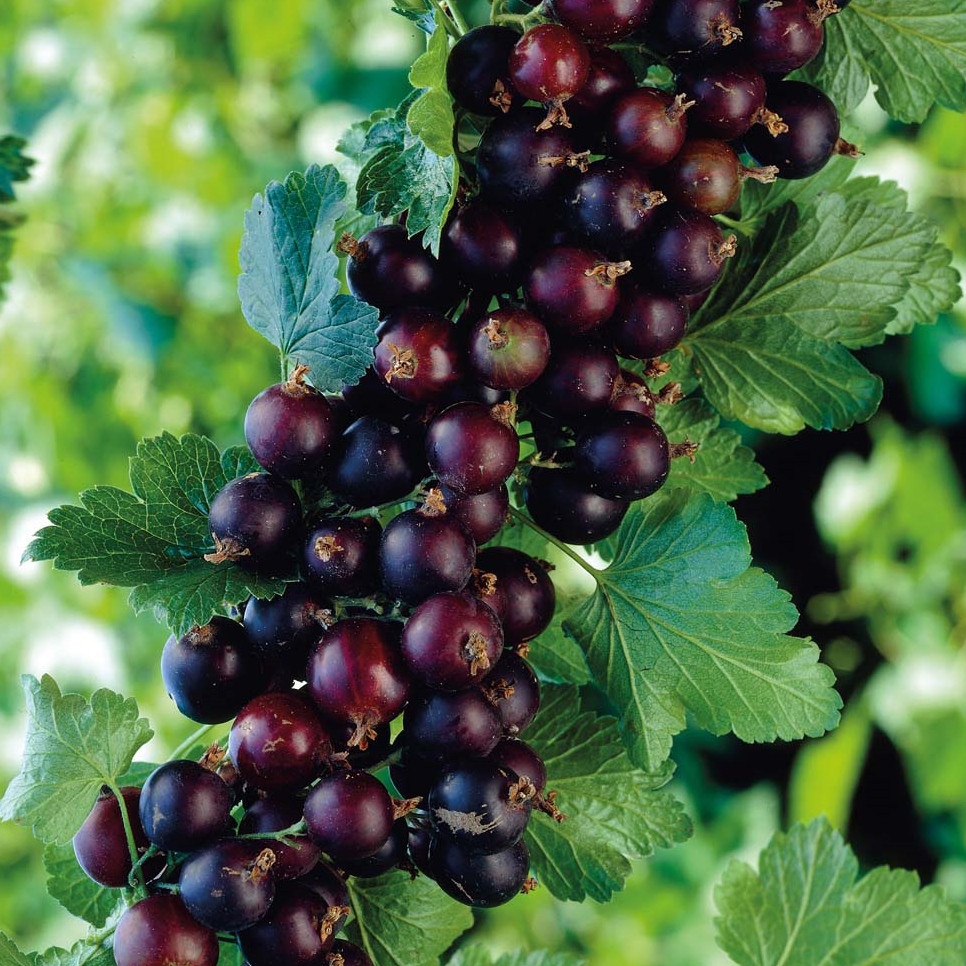Content:
Many different varieties of black cherries can be bred in Russia. The berry differs from the cherry in earlier harvest dates (late June in Russia), larger and sweeter berries. Cherry Black Prince is one of the common varieties that has many advantages.
Black cherry varieties differ from each other:
- by the time of aging;
- by taste characteristics;
- by characteristic color.
Most of the varieties of black cherry belong to the thermophilic group; they are good for growing in the southern regions of our country. They have excellent taste and high yield. Cold-resistant groups were successfully developed at the beginning of the last century by the famous biologist and breeder I.V. Michurin. Thanks to this, even in the northwestern part of Russia, black cherries can be grown. It grows well and bears fruit.
When and how to plant correctly
Depending on the climatic zone, planting of seedlings is carried out in different ways: in areas with a warm climate, planting in the ground can be done in the fall, ten days before the start of frost; in the northern regions of Russia, planting should be done in early spring before the buds swell.
When planting cherries, the Black Prince has some features regarding this particular species.
The gardener should consider the following:
- these trees like small slopes on the southern and southeastern sides;
- this area must be protected from the wind and well lit;
- the plant does not like lowlands, where water can accumulate and stagnate in the spring;
- it is not desirable that underground waters pass near the tree, since its root system is large up to two meters;
- for planting the Black Prince, it is advisable to choose a nutritious soil where sandy loam soils and loam are present;
It is better to buy seedlings in special containers with a closed root system, during transportation, the young tree will not be injured and dehydrated, it will take root better during transplantation.
Landing
When planting cherries, you should adhere to the following order:
- Before planting, two weeks in advance, it is recommended to fertilize the land with a special complex composition for cherries at the rate of 20 grams per 1 square meter. You can add fertilizing to the ground from the composition: potassium 100g, compost 8-10 kg, superphosphate 150-200 gr. per 1 square meter.
- Planting begins with digging a hole. The width and depth are approximately the same, from 70 cm to 100 cm. The soil from the pit is divided into fertile and infertile.
- At the bottom of the pit, you can pour a thin layer of pebbles, rubble.
- It is advisable to drive a strong peg 30-50 cm into the center of the planting pit to tie the seedling.
- Seedlings the day before can be soaked in water for several hours, followed by dipping the roots in a mixture of clay to protect them from direct exposure to fertilizers.
- The top layer of earth, extracted during digging, is laid out on the bottom of the pit. Then set the seedling, straightening all the roots, and tie it to a peg, for strength.
- They fill the hole with fertile soil, tamp it.
- Make a hole for watering the seedling.
- Sprinkle with water (1-2 buckets).
Care
At the beginning of May, trees that are more than 4 years old are given mineral fertilizing from urea, superphosphate and potassium sulfate, 12-20 grams each. everyone. At the end of July, after harvesting, foliar dressing of phosphorus and potassium is desirable. In August, organic fertilizers will be good.
Proper moistening of the soil is very important for this crop and it must be carried out three times per season:
- before flowering at least 20 liters;
- in the middle of summer;
- after harvest.
In the first years after planting, the seedlings need careful maintenance. It is very good to introduce nitrogen fertilization into the soil. Dry weather is not desirable for the Black Prince; additional watering is required. In autumn, cherries need water-charging watering so that the water passes to a depth of 70 cm. Winter hardiness will increase from this.
Before the first wintering, young seedlings are protected from frost - they are insulated with spruce branches, and dry foliage and moss are poured around. Protection from cut plastic bottles is suitable for rodents.
Pruning
It is advisable to prune young trees when they reach a height of 60-80 cm. The main lower branch is cut by 45-60 cm. The remaining branches are shortened according to the level of its pruning.
Diseases
Sometimes the Black Prince cherry is affected by bacterial and fungal diseases:
- coccomycosis;
- moniliosis;
- powdery mildew;
- rot.
The foliage is the very first to suffer, the branches become bare. Berries rot during rains.
The plant should be treated and prevented quickly:
- before bud break - saline solution;
- in autumn and spring, whitewashing of trunks with copper sulfate and slaked lime;
- spraying the tree with a solution of copper sulfate 1%.
With proper care, the gardener can easily avoid trouble with plant diseases.
Advantages and disadvantages
Summing up, we can highlight the main advantages of the Black Prince cherry:
- the variety stands out among others in that it is possible to harvest in three years, while in other varieties this period comes in 5-7 years;
- resistance to diseases and pests;
- the tree overwinters well even at low temperatures;
- wonderful taste and useful properties;
- many options in the preparation of various dishes and canning;
- large yields.
There are few disadvantages of this species:
- in spring, after severe frosts, frostbite branches can be found, but it is enough to cut them off, this does not harm the plant itself;
- pollinating trees are required;
- high price for seedlings of this type.
Unique taste, large berry sizes, fruit strength (which is very important during transportation and storage), large yields - all these advantages, and there are more of them than disadvantages, make this variety a real Black Prince! You should definitely buy it and plant it in your garden.
